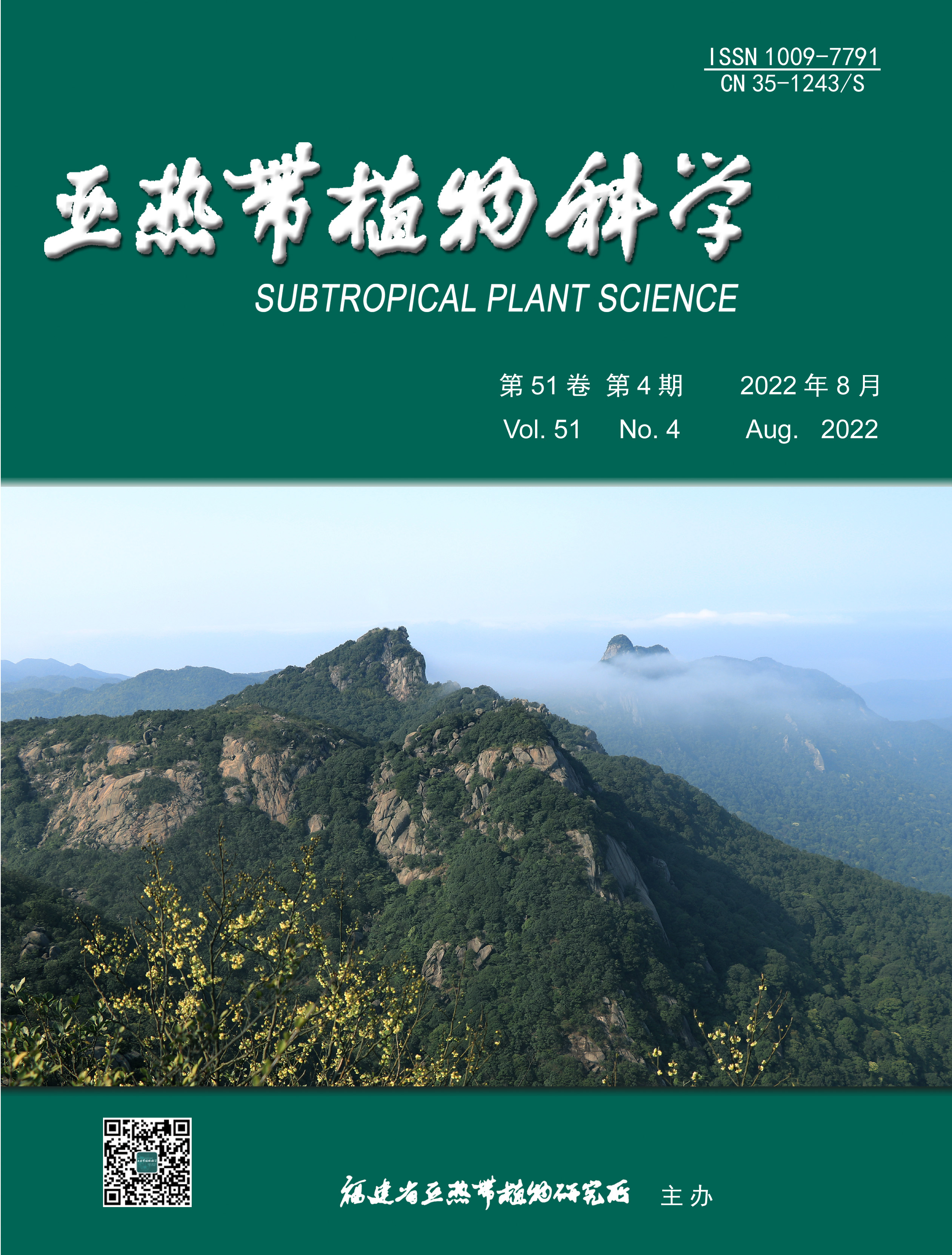|
|
Military Material Medica Resources from Western Hunan, China (Ⅱ) Investigation and Analysis of Trauma Treatment Medicinal Plant
LIAO Zhi-hui, LIAO Li-xiu, QIU Li-xiang, HE Xian-yu, CHENG Gong-xi
2022, 51(4):
288-298.
DOI: 10.3969/j.issn.1009-7791.2022.04.007
In order to further understand the situation of miltary materia medica resources in western Hunan, the wild medicinal plants for trauma treatment were investigated. Field investigation, specimen collection and identification, literature review and other methods were used to statistically analyze the medicinal plant resources of its military materia medica for trauma treatment. The results showed that there were 348 species of trauma treatment medicinal plants of military materia medica in this area, belonging to 228 genera in 110 families, with Compositae, Leguminosae, Labiatae, and Pteris, Rumex and Selaginella as the dominant families and genera. The living habits were dominated by herbs, and the habitat distribution was dominated by hillsides. The geographical composition was complex and diverse. The families were mainly distributed by Cosmopolitan, the genera were mainly distributed in the pan tropics, and the species were mainly distributed in endemic to China and East Asia type. There was a certain difference in the horizontal distribution between the north and the south, and the most medicinal plants for trauma treatment were distributed vertically within the range of 500–1000 m above sea level. The distribution of miltary materia medica medicinal plants for trauma treatment was the most. The main functions of the medicinal plants were divided into three categories, treatment of burns and scalds, hemostasis and treatment of traumatic injuries. The chemical components in the medicinal plants were mainly terpenoids, glycosides and steroids. For trauma treatment, the application methods of medicinal plants were mainly external application and oral administration, followed by decoction or wine. The medicinal parts were mainly whole grass and rhizome. There were abundant resources of military medicinal plants in western Hunan, so we should pay attention to the development, utilization and protection.
References |
Related Articles |
Metrics
|
